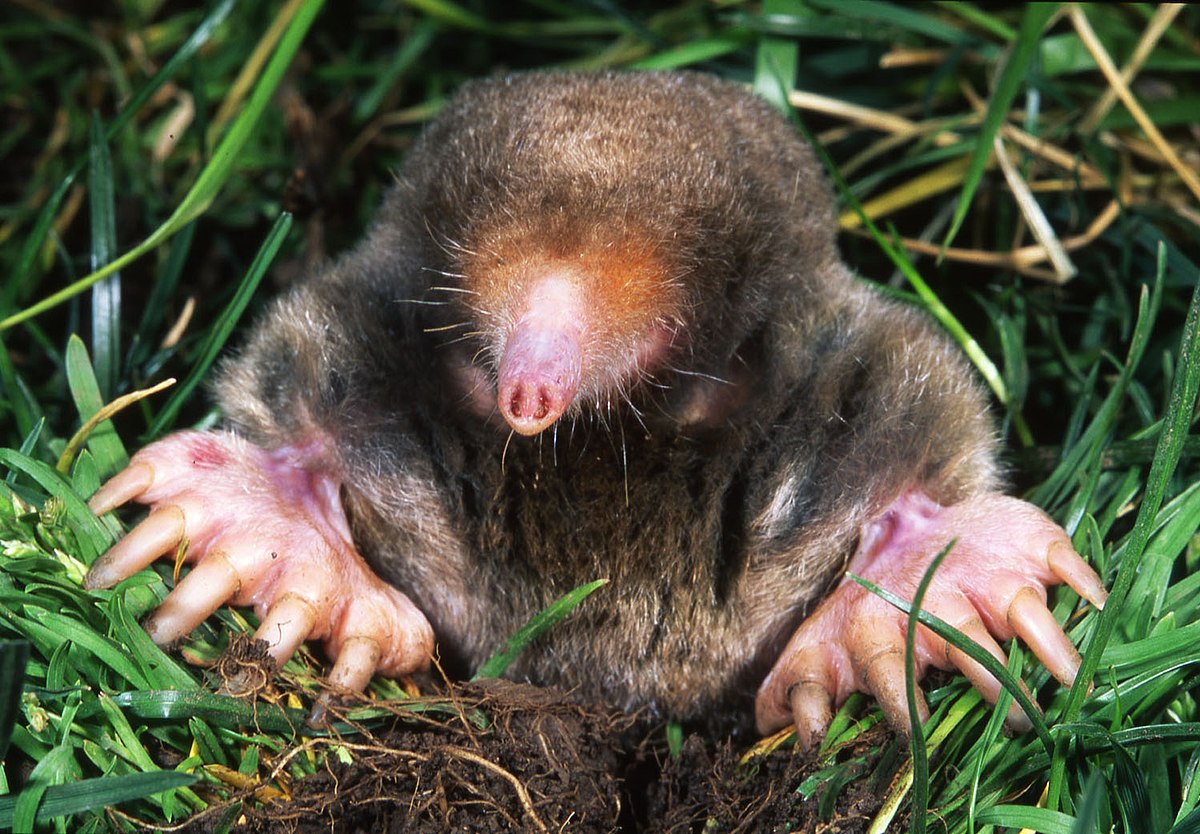Just like people, some animals are gregarious and enjoy being in groups, herds or in pairs throughout their lives, while others prefer solitude, tranquility and being on their own. Keep reading this AnimalWised article to discover the 7 most solitary animals in the world.
Platypus
The platypus is a semi-aquatic animal native to Australia. It is known for its unusual physical appearance, with a flat horny bill, webbed feet like a duck and paddle shaped tail much like a beaver’s. In addition the platypus lays eggs but is a mammal. Platypuses are solitary animals for most of their lives, although on occasion they can be seen in pairs. Mothers stay with their young for some months.
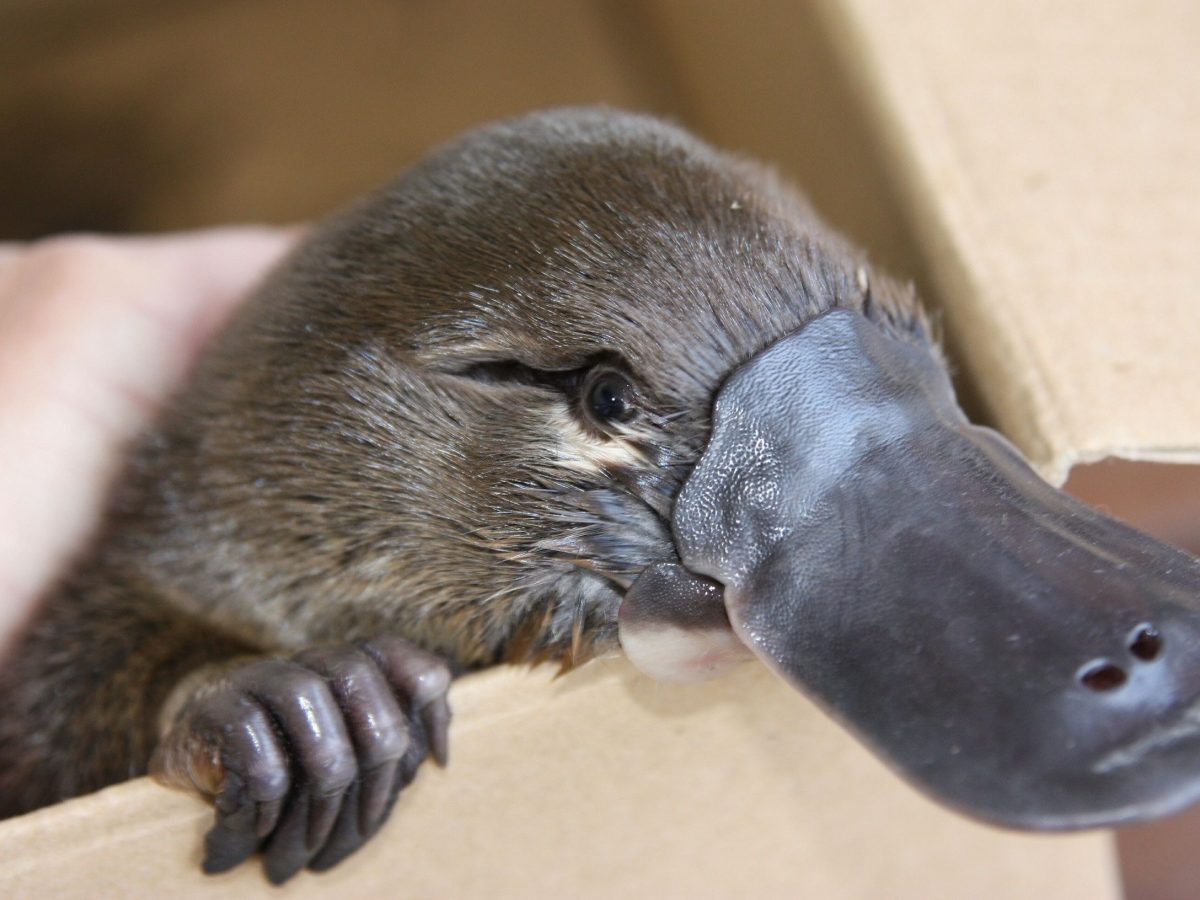
Skunks
There are different species of skunks, and they are all mostly solitary. This is understandable; when they feel threatened, nervous or attacked, skunks release a very strong odor that repels any creature with in a few meters. For the sake of other animals, even from the same family, skunks prefer to go through life as free, independent individuals.
However, in colder climates skunks may share dens, especially among females. Male skunks mate with more than one female, but they don't live together after that. When they have descendants, female skunks stay with their kits for a year and are very protective of them.

Bears
All bears, from the polar bear to the grizzly, like to live alone. It is in the nature of bears to be solitary animals, and most bear species are like this. Bears prefer the company of a tree or, in the case of polar bears, a nice patch of ice, rather than the company of another fluffy bear. However, this does not mean that bears spend all their lives alone. They meet other bears in order to breed, and mothers spend quite a lot of time with their young. As a general rule, however, bears are the most solitary carnivores in the world.
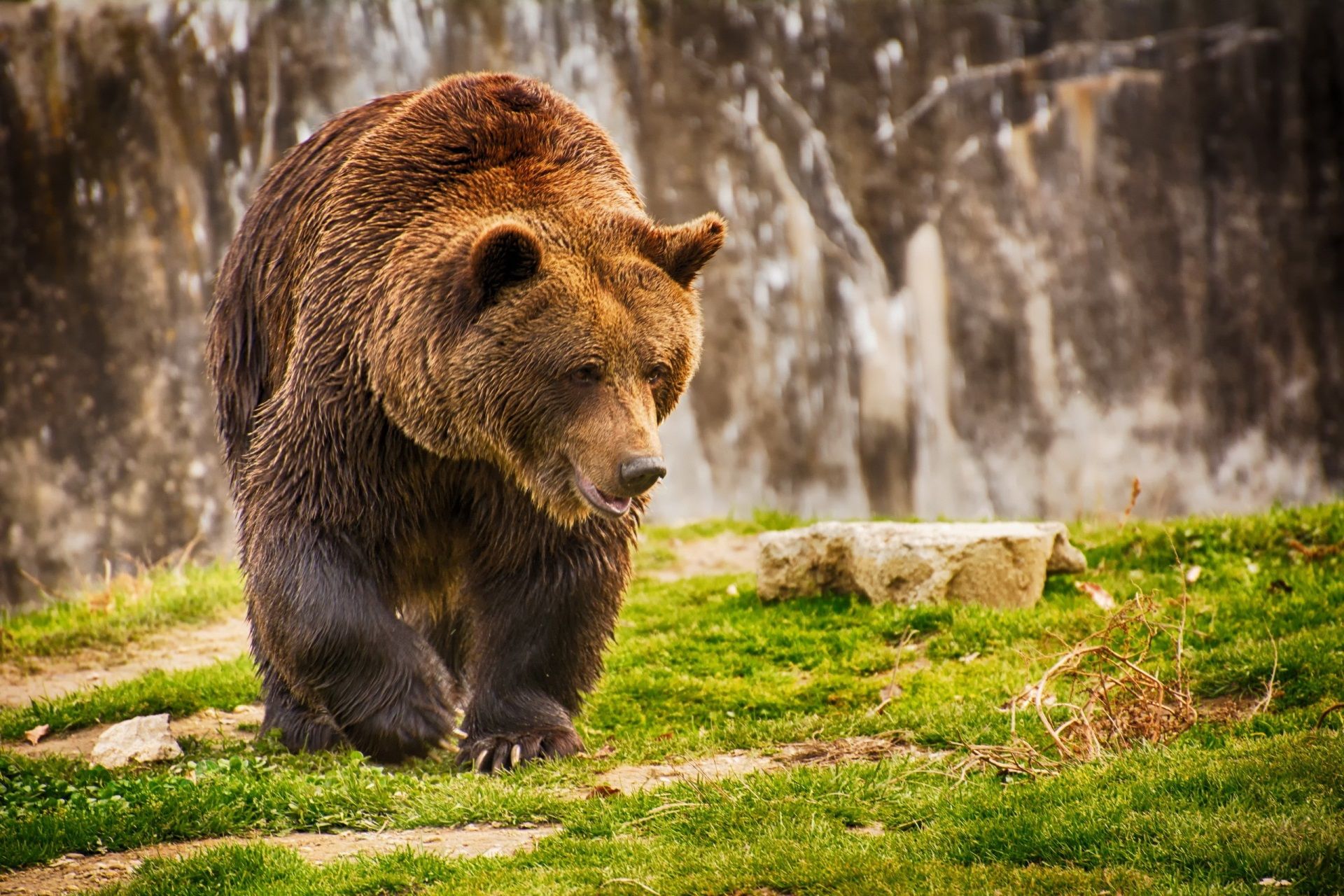
Leopards
Leopards are the most eligible bachelors in the jungle, forest and savanna. Known for their beauty and elegance, these big cats are solitary creatures. They only meet with other members of their species when they are mating or while raising their young. Learn more in our article about leopards! The rest of the time, both male and female leopards enjoy their quiet ‘single’ status without owing anything to anyone. After all, unlike many other big cats, leopards don't need a pack to hunt successfully.

Sloths
Sloths are incredibly slow and solitary animals. They only gather in groups when they are going to mate. Sloths prefer swinging and hanging from a branch alone, perhaps meditating on the meaning of life and the universe happy in their own company. Sloths, of course, are also known for being extremely slow.
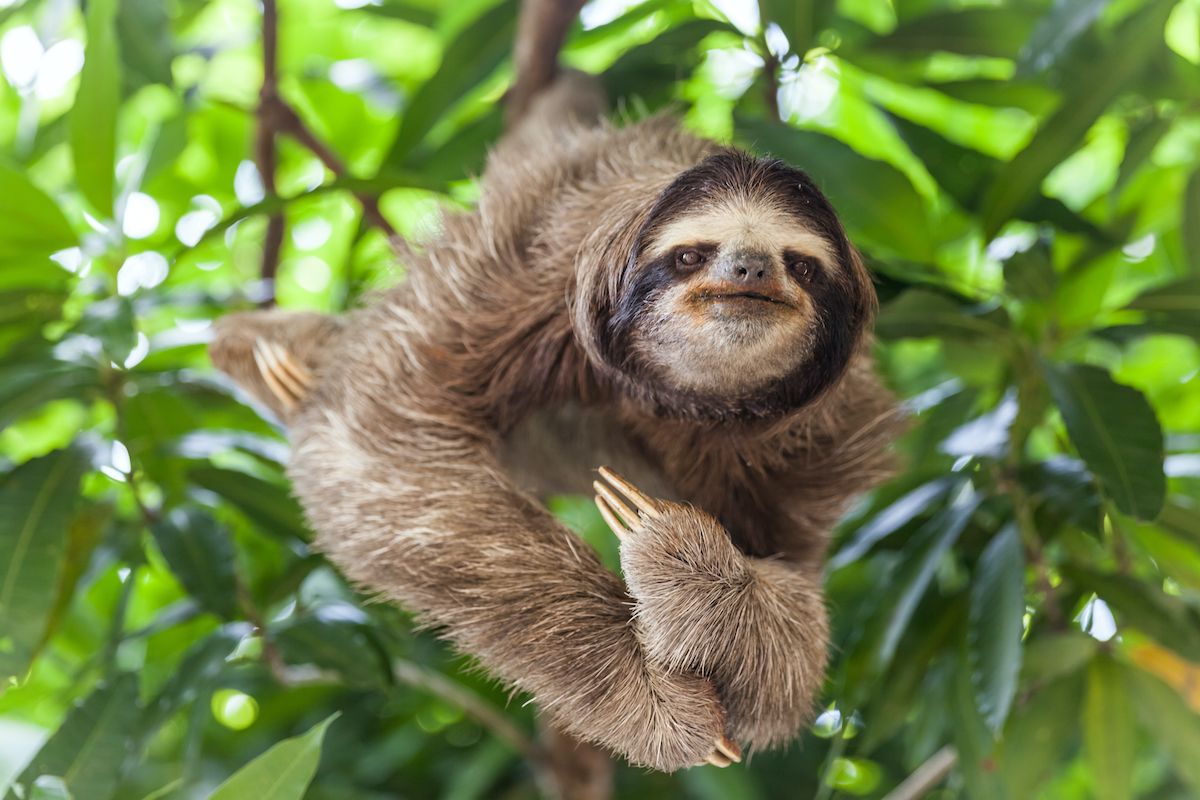
Wolverine
Wolverines are very strange and solitary mammals. They are a look like a cross between bear and a dog, but are actually mustelids, part of the weasel family. They not only prefer to live alone, but actively chase away any creature that come near them. Individual wolverines are known to occupy large territories and defend them tooth and nail, gaining a place among the most aggressive animals in the world. It is no wonder that wolverines have chosen the vast, wild forests of Canada and Alaska as their home. This gives them plenty of space in which to roam alone with fewer chances of coming across unwanted company
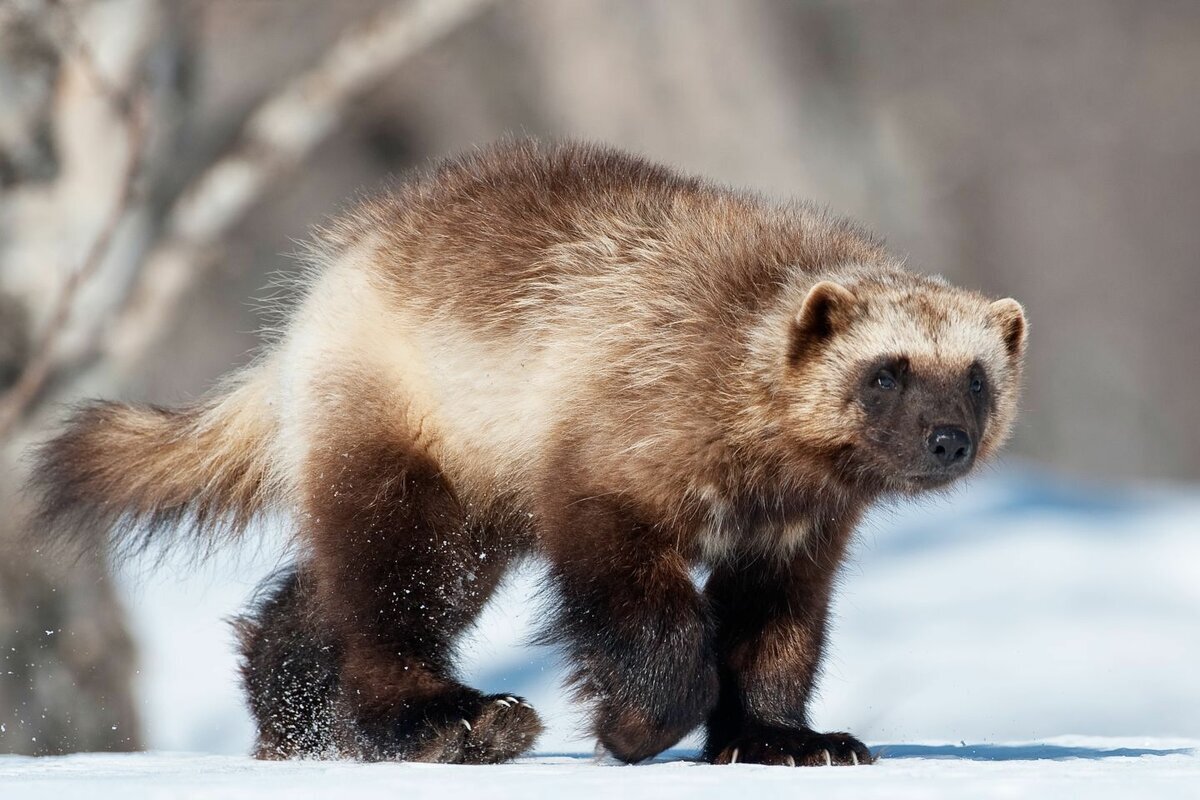
Moles
Another of the most reclusive and solitary animals in the world are moles, an unusual group of underground dwellers. Moles dig networks of tunnels to make their homes in the ground, and they don't like sharing the space that has taken such an effort to make. Moles spend most of the time playing alone in their tunnels where there is never room for more than one mole. In fact, they are rarely seen above the surface. They avoid meeting other moles, and when their territories overlap they may end up fighting.
